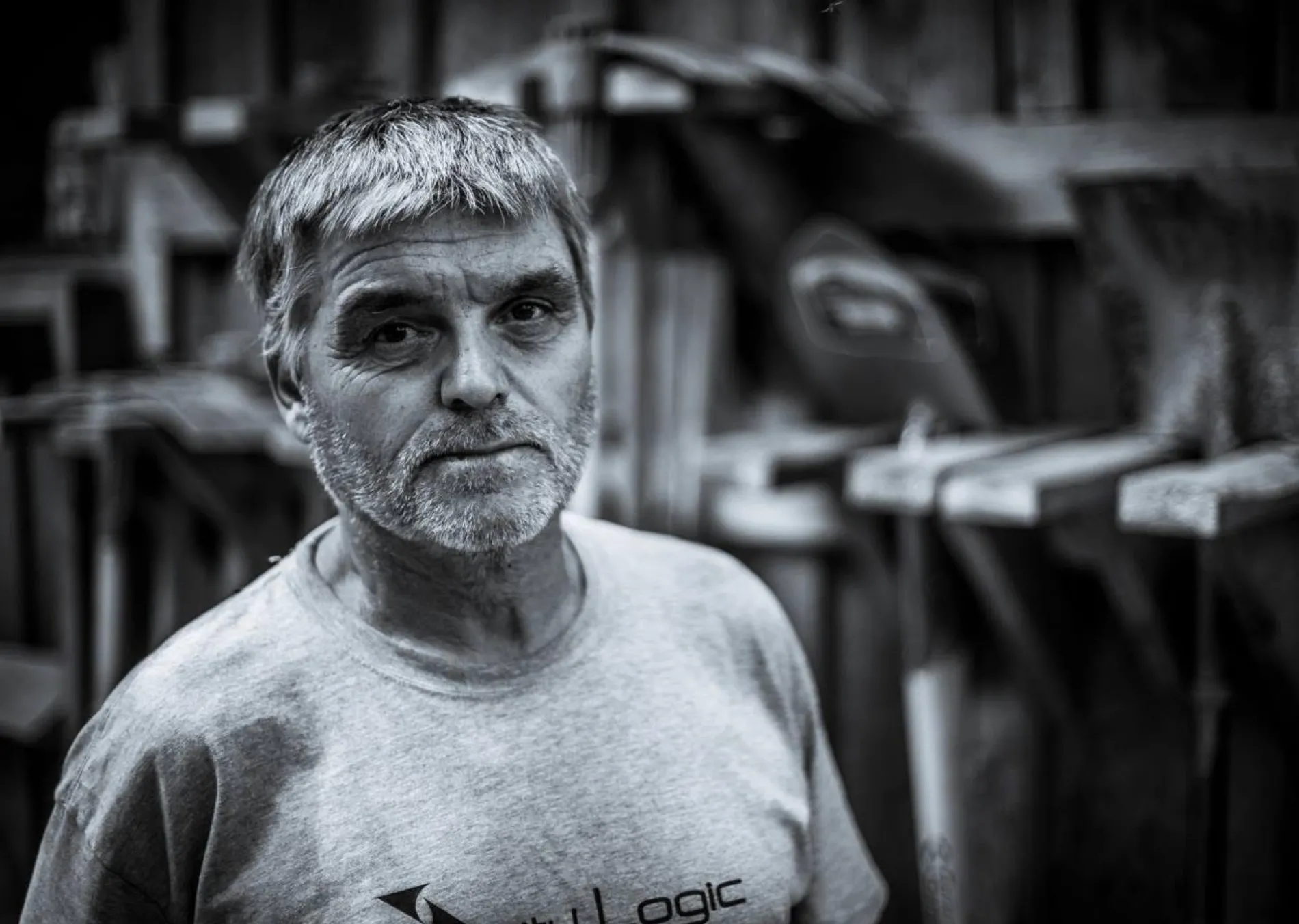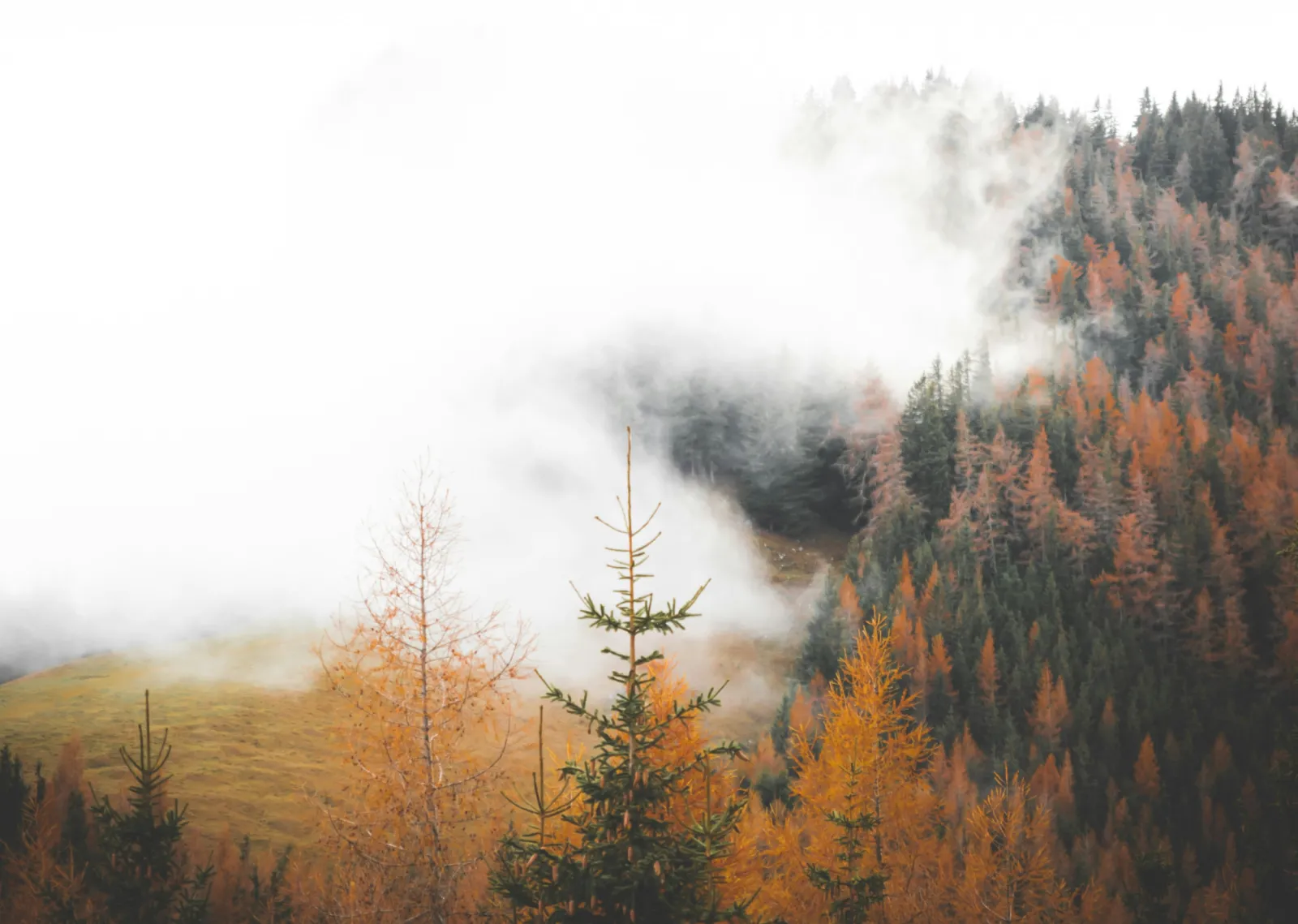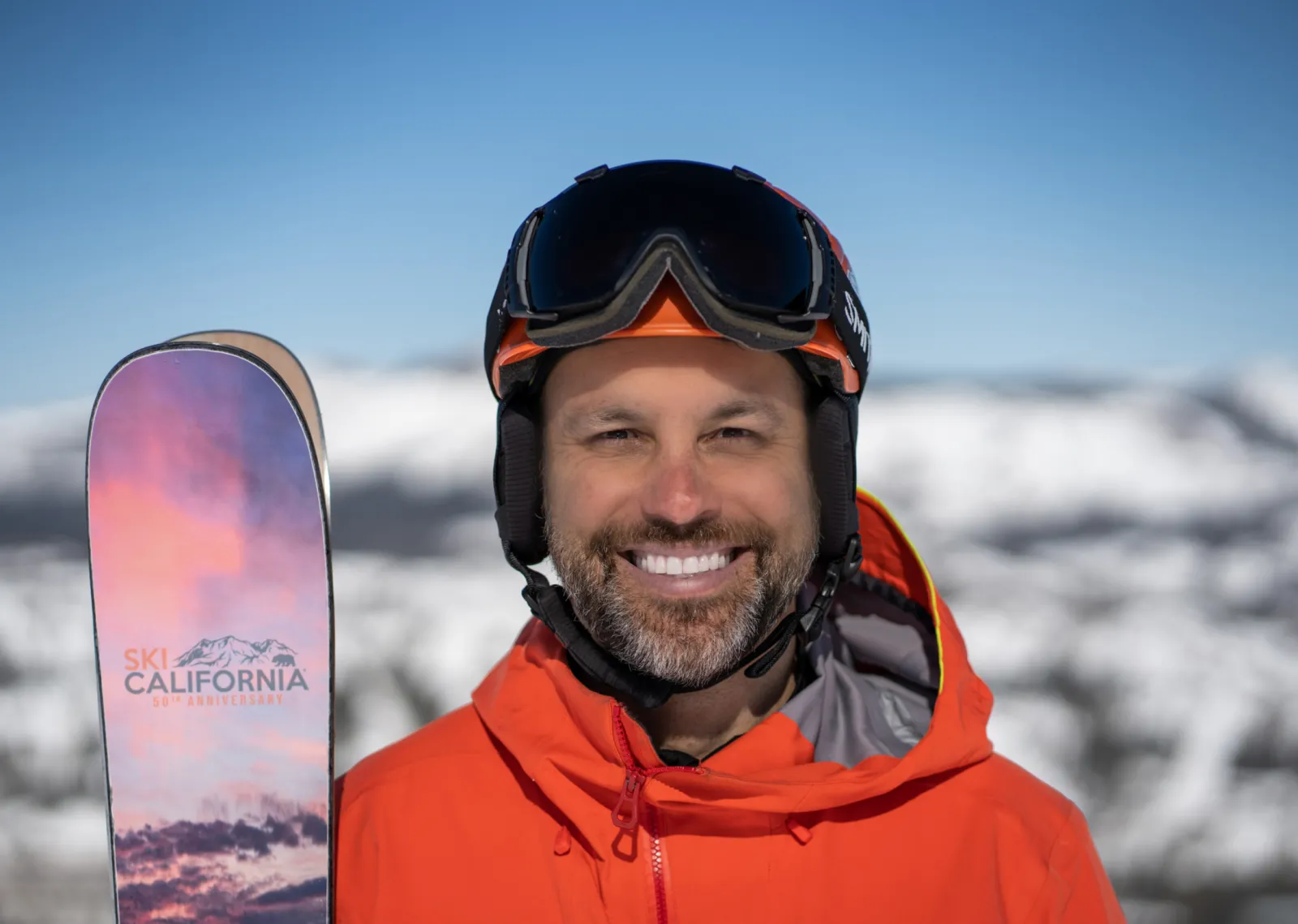The undeniable logic of gravity: An interview with Gravity Logic founder, Tom Prochazka
Anyone who has ridden a mountain bike at a resort in the last 20 years has probably ridden a park built by Gravity Logic, which was founded in the mid aughts following the development of the Whistler Mountain Bike Park, widely considered the number one park in the world. To the delight of mountain bikers everywhere, Gravity Logic has since leveraged and expanded upon that experience, and is now considering one of the preeminent bike park planning, design, and construction companies globally. With riding season just around the corner, we thought it’d be fun to sit down with one of their founders, Tom Prochazka, to learn more about all things bike park.
Origin: Tom, tell us about the history of Gravity Logic:
Tom: The company was born in 2005 as a separate business unit of Whistler Blackcomb. The objective was to offer consulting services to other resorts which were interested in building a bike park. The word about the success of the Whistler Bike Park got out in the ski and bike industry and we received a lot of resort management visitors loaded with inquiries. Gravity Logic got quite a few jobs in North America and Europe over next two years but when Fortress bought Whistler Blackcomb’s owner Intrawest in 2007 they saw no future for us in the new operation, so Dave Kelly, Rob Cocoquyt and I purchased Gravity Logic from Whistler Blackcomb. It has been quite a journey since then, with over 40 new bike parks constructed all over the world and countless Master Plans and Feasibility Studies performed. We could have never predicted in 2005 that the industry would be where it is in 2024 but we are super fortunate to be a part of it and to be able to contribute.
Origin: What trends are you seeing in the bike park industry?
Tom: The first thing that jumps out is E-bikes. E-bikes are changing the bike industry by making trail access easier and the whole experience a bit more "effortless,” opening the sport to a much wider variety of riders. We have been involved in E-bike specific trail projects and have more on the books in the future. This trend will enable more riders to ride further on trails, and it will be important that trails are designed smart and built robust to minimize the impact of the volume of riders. In many ways, it’s pushing us in a positive direction, because these efforts should be the standard anyway, given that the number of all bike riders is growing yearly.
The other trend we are seeing is the popularity of pump tracks and jump parks in communities. Communities all over North America are realizing the socioeconomic benefits of mountain biking and are spending significant amounts of money to build these facilities and extensive trail networks. The trends in the bike park world have stayed pretty much the same - build a variety of trails that satisfy all varieties of riders. What has evolved is the style of trail being built - more playful features on all levels of trails and more advanced features on the expert and "Pro Line" trails. The skill level of riders is going through the roof; you now have 10 year-olds clearing 60 foot jumps, so we have answered that need by building more advanced features on appropriate trails. We have also added more fun features (shark fins, rainbows, in-outs etc.) into our intermediate trails to address the rising skill level of riders. Hybrid trails are the other evolution. These are natural single tracks with some excavated sections mixing up the flow and natural in one trail. Variety is the spice of life, so we try to be innovative with our trail building approach.
Origin: How do you think about sustainability when you’re designing and building these parks and trail systems?
Tom: Sustainability is one of the most important catch words in our business and it covers a few bases. First, there’s the environment - we understand that a trail built in nature will have an impact, and we are always seeking to build in a way that minimizes this impact and doesn’t negatively affect the surrounding natural areas. This mainly comes down to revegetating the surrounding area and managing the water courses to avoid washouts. Another issue is trail maintenance - we always make sure that our trails are designed and built to minimize maintenance costs for our clients. Badly designed and built trails are like owning a lemon car that’s constantly requiring expensive repairs. You can always get rid of a lemon car but it is much costlier to get rid of poorly designed and built trails. It is a bit more expensive to build a quality trail due to the extra build time and the use of expensive drain pipes, but in the end it is much cheaper due to the maintenance savings over time.
Origin: What trends are you seeing in terms of demand? Is it for more advanced terrain and parks, or for greater accessibility for new riders?
Tom: All of the bike parks that we build are all-inclusive. Trail progression is the backbone of a bike park; it ensures that all levels of riders can have fun and will return for more. A bike park trail network looks like a bell curve - on the left are one or two beginner trails, in the middle is a variety of intermediate trails and on the right there are a few advanced/expert trails. Our reasoning is that a beginner rider will not need a huge variety of green trails as that rider will likely progress into the intermediate stage fairly quickly. Plus, green trails take up a lot of space in a bike park due to their low grade, so we would rather ensure more intermediate trail choice. These trails cover everyone from the low intermediate rider to a confident, almost advanced, rider. These trails are most prevalent in a bike park because the largest segment of bike park visitors are in that part of the bell curve and they may spend a lot, if not most, of their bike riding life in that zone.
The advanced and expert trails covering the rest of the bike park take visitors through a variety of excavated and natural trails, some containing artificial features. Ultimately, the trail network is largely determined by the terrain where the bike park is located. Whistler has a lot more possibilities than a small bike park in the maritimes, but even a small bike park will have a variety of trails. The important issue is to make a bike park inviting to the never-ever rider so that they have a pleasant and safe experience. The goal is always to have the proper trails, qualified guiding services and bike rentals to help ensure that the beginner rider turns into a return customer and a lifelong mountain biker.
Origin: What advice would you have for resorts entering the bike park market?
Tom: Do your due diligence and hire a qualified trail design/construction company that has extensive experience in building bike parks and understands resort operations. We follow a time proven process. First comes the Feasibility Study/Master Plan. In this process we bring to light the opportunities, the challenges, the costs and the potential revenues, all of which enables the resort managers to make educated decisions. Trail design is the next step. Here, we carefully design the trail network according to the master plan using equipment ensuring proper grades of all trails, which is critical to ensure proper flow and low trail maintenance cost. The next step is construction. Our construction approach has been honed over 25 years of trail building and has proven itself in varying environments all over the world.
All that said, no two bike parks are the same and each one is a challenge. We always draw on our past experiences and we evolve from there. Any resort operator thinking of getting into the bike park business should think like they do in the winter - when you need a lift, you buy the best; when you install snowmaking, you call the best; when you buy groomers you get the best and when you need a new master plan, you call the professionals. In the end you need to build a product that will entice new customers to come, ensure return visitation, offer a safe experience, generate revenues and be maintainable.






